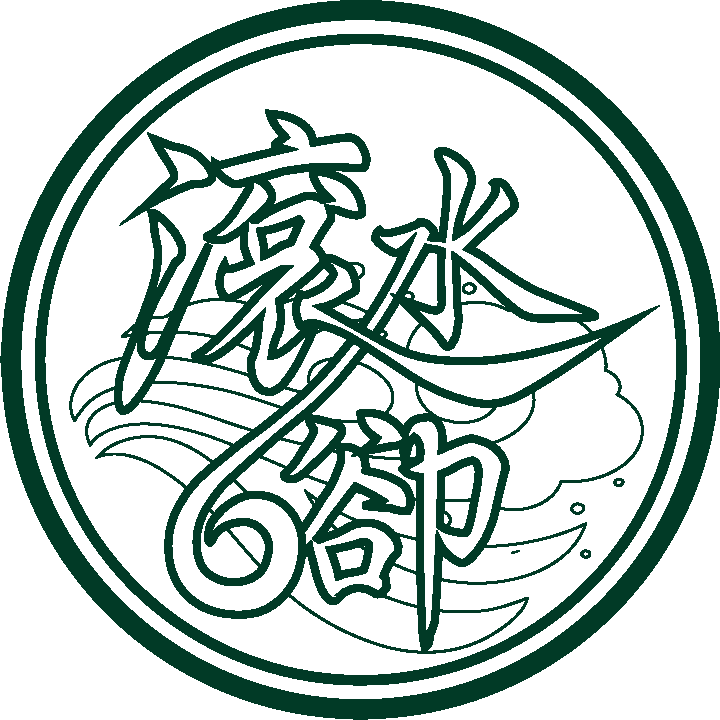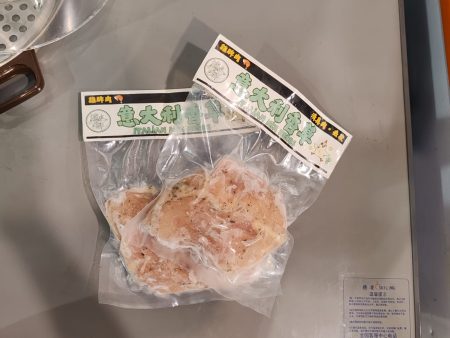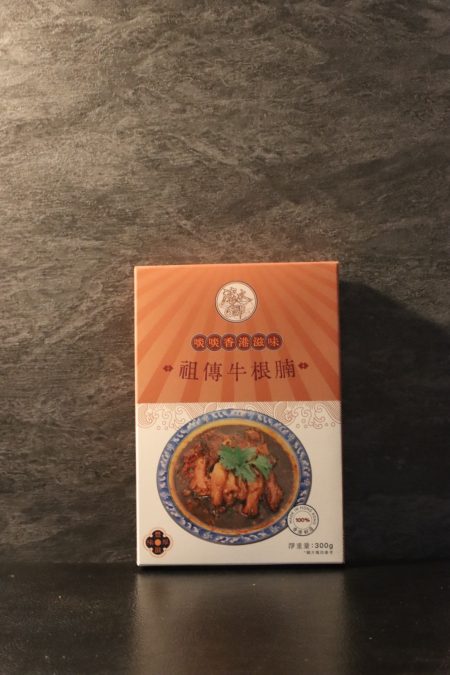碗仔翅 – 300g x 2
碗仔翅 – 300g x 2
碗仔翅是? 受香港電視影響,「魚翅撈飯」、「魚翅啷口(漱口)」不知道是多少人的夢想,但因魚翅的價格,不是每個人都可以吃到。所以,碗仔翅就應運而生了。碗仔翅,有名無翅,說白了,就是粉絲當魚翅。但碗仔翅因為在味道上和真正的魚翅湯,還真有那麼一點類似,所以廣泛流程至今,成為一道坊間比較知名的美味小吃。每每吃起這碗翅,會勾起想當年的種種情懷, 懷念一些將會失去和已經失去的香港共同回憶‧ 碗仔翅 faux shark’s fin soup 成份: 水、豬肉,粉絲,木耳,金菇,食用盐,白沙糖,醬油[水、黃豆、焦糖色素(E150B)] ,胡椒粉,麻油,澱粉, 增味劑(E621,E635,E631) Ingredients: Water, Pork, Glass Noodles, Tree Ear, Golden mushrooms, Salt, Sugar, Soy Sauce [Water, Soybean, Caramel Colour (E150B)], Pepper, Sesame oil, Starch, Flavour Enhancer (E631&E627) 儲藏於攝氏-18度以下,解凍後不可再冷凍。 Keep frozen at-18°C or below. Do not refreeze after defrosting. 本產品含有含麩質的穀物、花生、大豆、牛奶、雞蛋、魚類及其製品。 Keep frozen at-18°C or below. […]
祖傳牛根腩 – 300g
祖傳牛根腩 – 300g
保留香港傳統食品,守住屬於香港的味道 「滾水6腳」的經營理念簡單而深刻:保留香港傳統食品,守住屬於香港的味道,並希望每一口都能讓人感受到家的溫暖和親切。香港的飲食文化蘊含著濃厚的人情味和傳統特色,是一代又一代生活記憶中的一部分。「滾水6腳」以文化的守護者自居,不僅僅是一家食店,更是一個與時間賽跑的場所,努力將香港飲食文化的精粹傳承下去。在這裡,你能品嚐到的不僅是一道道菜,更是一份回憶,一絲對家園的眷戀之情。 主廚將家族的烹飪技藝升華到新的高度。他的烹飪技巧源於爺爺那一代,承載著濃厚的家族傳統與智慧。 祖傳牛根腩 Ancestral recipe Beef Brisket & Tendon 配料: 牛腩、牛根、食用水,蒜頭,紅蔥頭,生薑,醬油,柱候醬,雞粉,食用盐,白砂糖 Ingredients: Beef Brisket, Beef Tendon, Water, Garlic, Shallot, Ginger, Soy Sauce , Chu hou paste, Chicken Powder, Salt, Sugar 儲藏於攝氏-18度以下,解凍後不可再冷凍。 Keep frozen at-18°C or below. Do not refreeze after defrosting. 本產品含有含麩質的穀物、花生、大豆、牛奶、雞蛋、魚類及其製品。 This product contains cereals containing gluten, peanuts, soybeans, milk, […]
祖傳牛肚 – 300g
祖傳牛肚 – 300g
保留香港傳統食品,守住屬於香港的味道 「滾水6腳」的經營理念簡單而深刻:保留香港傳統食品,守住屬於香港的味道,並希望每一口都能讓人感受到家的溫暖和親切。香港的飲食文化蘊含著濃厚的人情味和傳統特色,是一代又一代生活記憶中的一部分。「滾水6腳」以文化的守護者自居,不僅僅是一家食店,更是一個與時間賽跑的場所,努力將香港飲食文化的精粹傳承下去。在這裡,你能品嚐到的不僅是一道道菜,更是一份回憶,一絲對家園的眷戀之情。 主廚將家族的烹飪技藝升華到新的高度。他的烹飪技巧源於爺爺那一代,承載著濃厚的家族傳統與智慧。 祖傳牛肚 Ancestral recipe Beef Tripe 配料: 牛肚、食用水,蒜頭,紅蔥頭,生薑,醬油,柱候醬,雞粉,食用盐,白砂糖 Ingredients: Beef Tripe, Water, Garlic, Shallot, Ginger, Soy Sauce , Chu hou paste, Chicken Powder, Salt, Sugar 儲藏於攝氏-18度以下,解凍後不可再冷凍。 Keep frozen at-18°C or below. Do not refreeze after defrosting. 本產品含有含麩質的穀物、花生、大豆、牛奶、雞蛋、魚類及其製品。 This product contains cereals containing gluten, peanuts, soybeans, milk, eggs, fish and their product. […]
紅酒燴牛脷 – 300g
紅酒燴牛脷 – 300g
保留香港傳統食品,守住屬於香港的味道 「滾水6腳」的經營理念簡單而深刻:保留香港傳統食品,守住屬於香港的味道,並希望每一口都能讓人感受到家的溫暖和親切。香港的飲食文化蘊含著濃厚的人情味和傳統特色,是一代又一代生活記憶中的一部分。「滾水6腳」以文化的守護者自居,不僅僅是一家食店,更是一個與時間賽跑的場所,努力將香港飲食文化的精粹傳承下去。在這裡,你能品嚐到的不僅是一道道菜,更是一份回憶,一絲對家園的眷戀之情。 主廚將家族的烹飪技藝升華到新的高度。他的烹飪技巧源於爺爺那一代,承載著濃厚的家族傳統與智慧。 紅酒燴牛脷 Red Wine Braised Beef Tongue 配料: 牛脷、紅酒、西芹,洋蔥,紅蘿蔔,月桂葉,雞粉,蕃茄膏,食用水,食用盐,白沙糖,醬油,喼汁 Ingredients: Beef Tongue, Red Wine, Celery, Onion, Carrot, Bay Leaf, Chicken Powder, Tomato Paste, Water, Salt, Sugar, Soy Sauce , Worcestershire sauce 儲藏於攝氏-18度以下,解凍後不可再冷凍。 Keep frozen at-18°C or below. Do not refreeze after defrosting. 本產品含有含麩質的穀物、花生、大豆、牛奶、雞蛋、魚類及其製品。 This product contains cereals containing gluten, […]










